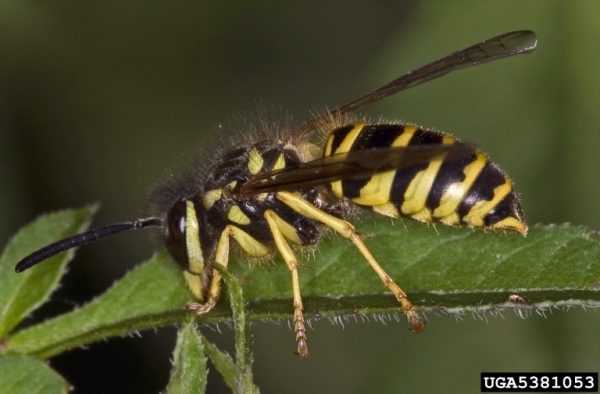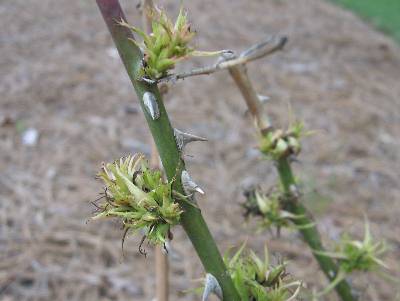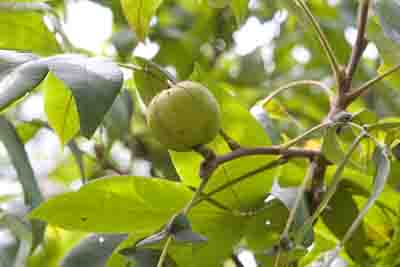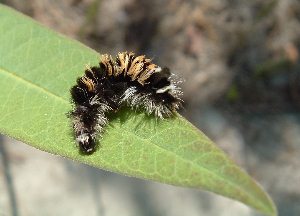Yellowjackets – Control

Yellowjackets are extremely aggressive and will attack if their nest is threatened. When stung, an intruder is marked with a special scent that encourages other yellow jackets to attack. As with fire ants, some people can have severe reactions to yellow jacket stings. These insects are actually beneficial because they prey on many landscape insect pests such as flies and caterpillars.
The nest is usually built underground and resembles a paper football. The fertile queen lays eggs in a small hole in spring and the hole is excavated by newly-hatched workers as the summer progresses. The underground nest resembles that of the paper wasps which hang from porch roofs.
Nests are initially quite small but can contain over 5,000 yellow jackets in the fall. Yellowjacket nests are abandoned in the late fall and are never reused.
Yellowjackets that you see hovering over food or water are scavengers from the nest and usually pose no problem unless provoked. The greatest danger occurs when humans come too close to a nest (like when mowing your lawn) , which often goes unnoticed until the yellow jackets swarm out to protect themselves.
Since they do provide benefit to your garden and landscape, consider first if you can simply leave them alone and avoid their particular area. I commonly stand quietly 10 feet from a nest to observe them…..but they do not attack.
Insecticide treatment of nests should only be done in the late evening or night when all the yellowjackets are resting in the nest and are not as aggressive as during daylight hours. If a nest is in a spot where people frequent, it should probably be destroyed without question..
The safest way is to spray the nest opening with an aerosol “Wasp and Hornet” spray (click for sources) after dusk. Do not use more than a short squirt. There is no need to empty the sprayer can into one spot. If activity is observed the next day, repeat the application.
Sevin dust (click for sources) can be dropped into the nest entrance if you quickly walk to the nest, drop in a tablespoon of the poison, and then walk quickly away. Complete kill of the nest is usually achieved within 24 hours.
MORE INFORMATION
Yellowjackets – Control With a Glass Bowl
Hornets – Eating Yellowjackets
yellowjacket entrance hole
yellowjacket nest found in bale of pinestraw













